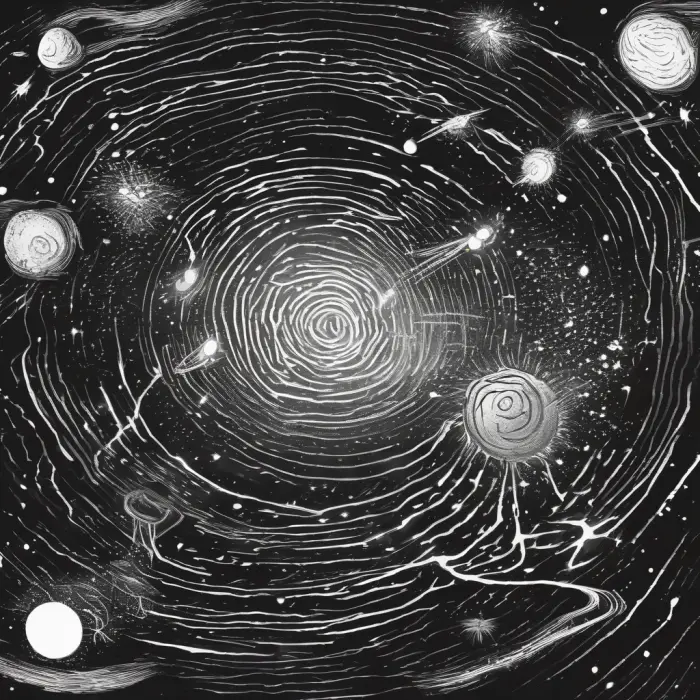The Science of Lucid Dreaming: Facts About Conscious Sleeping
Lucid dreaming is a fascinating phenomenon that has captivated the attention of dream researchers, neuroscientists, and psychologists for centuries. It describes a dream state in which the individual is not only aware they’re dreaming but can manipulate the dream content, effectively blurring the line between the conscious and unconscious mind. In this article, we will delve into the science behind this intriguing state of consciousness and explore the facts associated with lucid dreaming.
What is Lucid Dreaming?
A lucid dream is a type of dream where the dreamer becomes aware that they are dreaming. This realization can come with varying degrees of lucidity, from a faint awareness to a vivid recognition. Some individuals can even gain control over a portion or the entirety of their dream narrative, effectively becoming the directors of their own nighttime dramas.
The Neuroscience of Lucid Dreaming
The physics of lucid dreaming is underpinned by the brain activity that occurs during sleep. While the exact mechanics remain uncertain, certain brain regions and activities have been associated with lucid dreaming. Brain imaging studies suggest that the prefrontal cortex, the region responsible for executive functions such as decision-making and self-awareness, is exceptionally active during lucid dreams. Due to this, researchers suggest that this area plays a key role in achieving dream lucidity.
In terms of sleep stages, lucid dreams predominantly occur during Rapid Eye Movement (REM) sleep, an interval characterized by vivid dreaming, increased brain activity, and body paralysis. Some researchers argue that lucid dreaming might serve a defensive function by allowing dreamers to rehearse dealing with threats in a safe environment.
The Potential Benefits and Risks of Lucid Dreaming
Lucid dreaming has been hailed for its potential therapeutic value. It has been used as an adjunct tool in treatments for recurring nightmares, post-traumatic stress disorder (PTSD), anxiety, and depression. On the other hand, the ability to guide one's dreams may also present the risk of excessive immersion into the dream world, which can lead to physical and mental health consequences such as poor sleep quality and mood disorders.
The Art and Science of Lucid Dream Induction
Despite being a naturally occurring phenomenon, lucid dreaming can also be induced. The science behind this technique involves manipulation of cognitive and environmental factors to affect the brain's activity and sleep stages. Methods vary from reality testing - using implicit or explicit cues to foster self-awareness - to external stimulation techniques, such as using sound or light cues during sleep stages associated with dreaming.
Unlocking Potential Through Lucid Dreaming
Lucid dreaming remains an exciting frontier in dream research, consciousness studies, neuroscience, and even artificial intelligence. If these corridors of the mind can be navigated with command and coherence, our nocturnal episodes could become a foundation for growth, learning, healing, and exploration. With the strides being made in the science of dreaming, we are gradually inching closer to understanding and harnessing the full potential of our dreams.
Conclusion
The science of lucid dreaming is a rapidly evolving field with significant potential. As we further unravel the intricacies of our subconscious mind, we unlock new ways to enhance our waking lives. Although the research into lucid dreaming and conscious sleeping continues, it is clear that our dreams are more than just passive nighttime experiences—they are gateways to self-discovery and inner exploration.










